Sponsored by Okayama City
When most people think of contemporary art museums they imagine prestigious institutions in capital cities. Consider the Louvre in Paris, or MOMA in New York City, or even the National Museum of Modern Art in Tokyo. Japan has taken an opportunity to rebel against this convention, bringing contemporary art to the shores of the scarcely inhabited islands of the Seto Inland Sea. These artistic oases are infused with the work of notable Japanese artists through museums, galleries and outdoor installations.
While Naoshima may be the most famous among the Seto Inland Sea art islands, featuring Yayoi Kusama’s “pumpkins” and the work of architect Tadao Ando, there are other islands worth traveling to, especially if you’re looking to beat the tourist crowds. The secluded and surreal Inujima is one of these alternative art islands, located just off the shore of Okayama Prefecture.
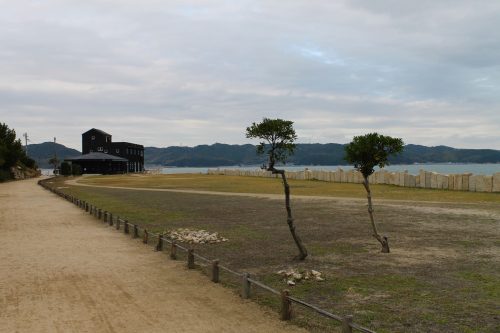
Traveling to Inujima art island
My journey to Inujima art island began at Saidaiji, which is a short train ride away from the Shinkansen hub of Okayama Station. A local bus that picks up right in front of Saidaiji Station is one of the easiest ways to reach the Okayama coast. The 40-minute ride will take you through back roads and rice fields en route to the Nishi-Houdenkou bus stop, located across the street from the pickup point for the Inujima ferry.
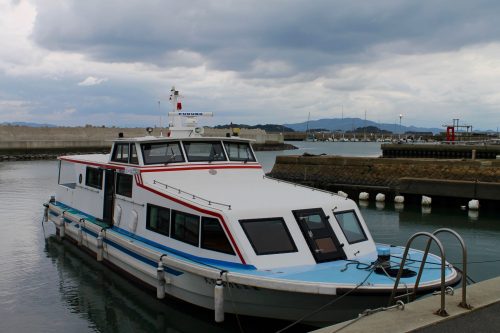
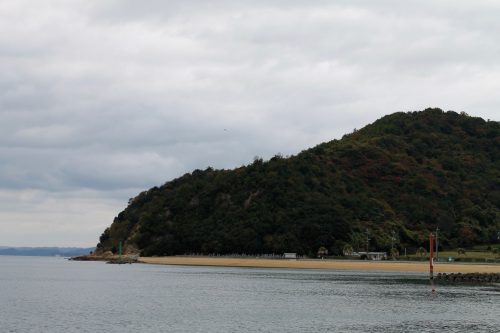
The ferry costs just 300 yen (one way), but it only runs every few hours, so make sure to research your scheduled departure ahead of time. If you’re looking to do a tour of multiple destinations in the Seto Inland Sea, ferries run regularly to and from other islands, including Naoshima and Teshima.
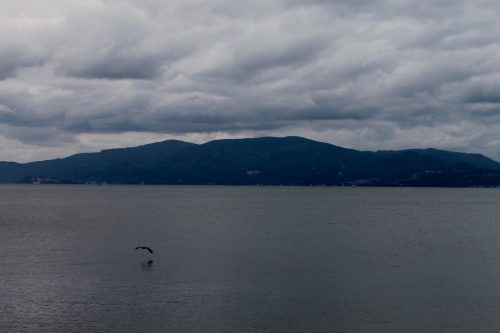
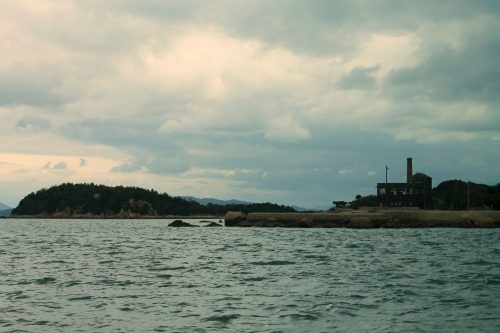
Aboard the ferry you’ll enjoy a quick 10-minute ride across the sea to the secluded Inujima, easily recognized by its distinctive red-brick chimneys peeking out above the foliage. One you settle into port you’ll find the ticket center on the pier of the island. It’s easy to spot with a dark wooden exterior and the name “Inujima” written in English with stylish silver lettering. Here you can purchase the 2,060 yen admission ticket, which covers the three main attractions on the island.
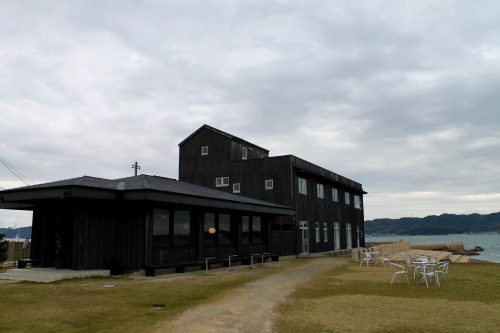
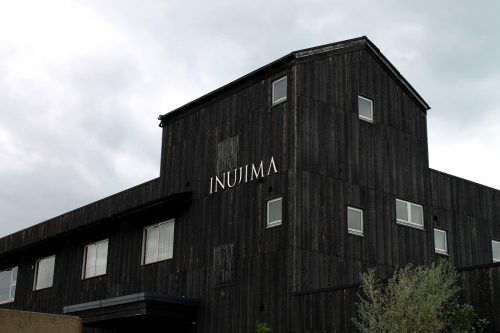
Before visiting the island’s several museums, I decided to do some exploring. The manicured lawns of the coastline give way to flowering fields of weeds as you venture to the center of the island.
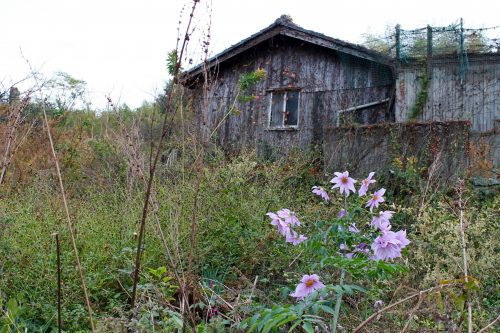
I also found an elevated shrine with a birds-eye view of the island and the surrounding Seto Inland Sea. Mixed in with this natural scenery are the local townspeople who live in a small seaside village and operate cafes and rent condos for island visitors.
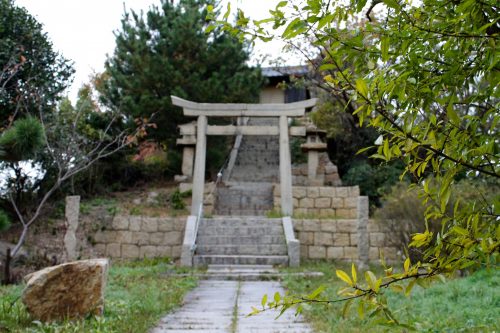
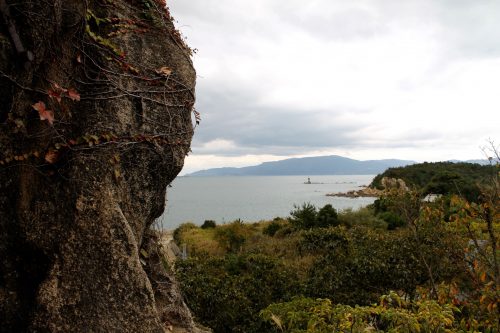
Surrealism at the Inujima Art House Project and Seirensho Art Museum
The first stop on my contemporary art tour of the island was the Inujima Art House Project, which launched back in 2010 with the goal of integrating contemporary art installations into everyday spaces. While I did not have time to visit all six art houses currently in operation, I was able to stop by the F-Art House, which is currently displaying Biota by Kyoto-based artist Kohei Nawa.
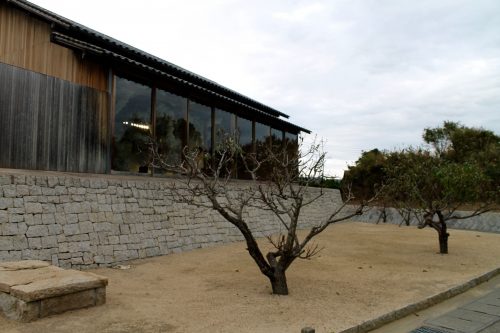
The sculpture consumes the frame of the wooden house in which it is encased, expanding in indiscriminate directions like a parasitic bacterium overtaking its host. While photos were not allowed, I will say I found myself engaged in this piece, lingering to take in all the textures and intricacies of the large sculpture.
All the museums on Inujima are in easy walking distance from each other, so I quickly ventured over to the island’s main exhibition space, the Inujima Seirensho Art Museum.
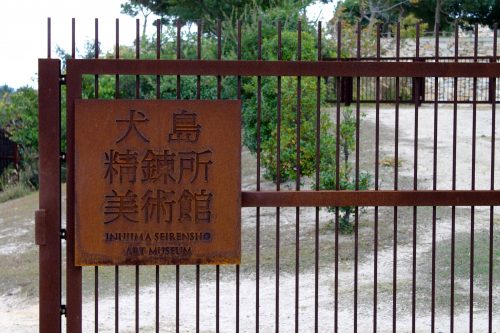
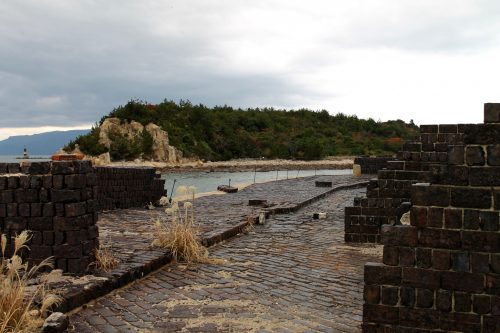
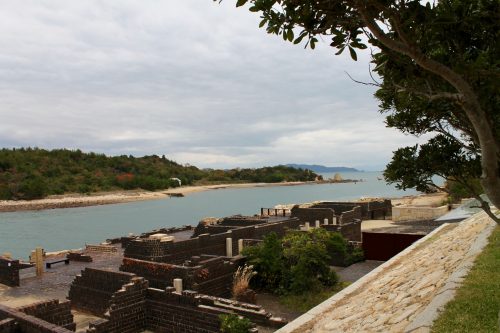
Visitors can experience the most enticing part of this museum without even entering its doors. The museum has been built inside and around the ruins of an abandoned copper refinery. Once the primary sources of revenue and employment for the island’s inhabitants, the copper industry has long left Inujima. The idea to reinvent this space—maintaining everything from its deteriorating stone walls to its decrepit brick chimneys—is not only an innovative attempt to revitalize the island but also makes for a truly original museum-going experience.
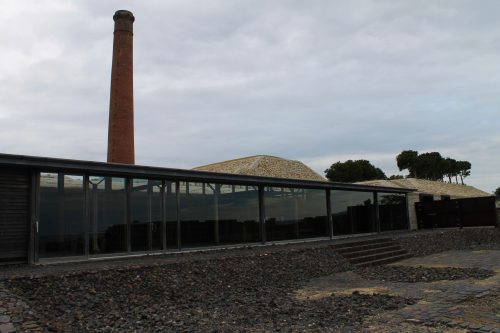
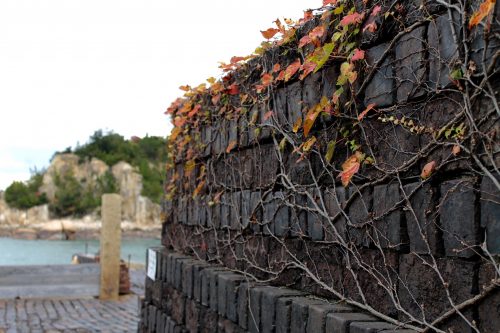
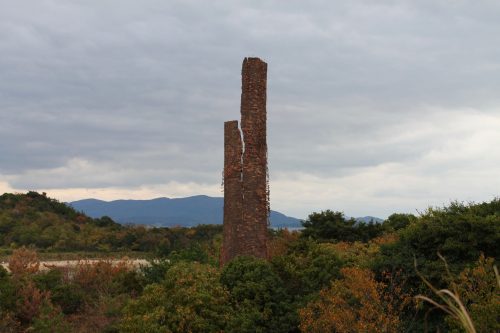
There is plenty to discuss when it comes to the museum exhibition itself. I don’t want to ruin the surprise of what lies inside the Seirensho Art Museum’s main building, but I will say it’s not your conventional portrait gallery museum. You enter the museum alone, in darkness, and from there navigate from room to room experiencing each piece in solitude, taking in the surrealist installations on your own. You’ll exit out into the ruins where a trail leads you through the abandoned grounds of the copper refinery and back to the island shore.
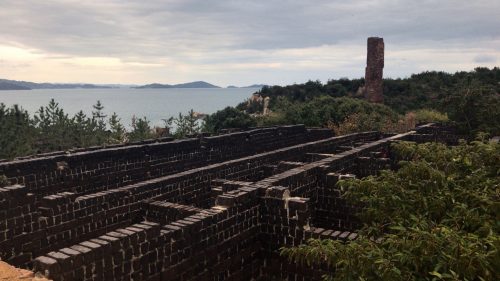
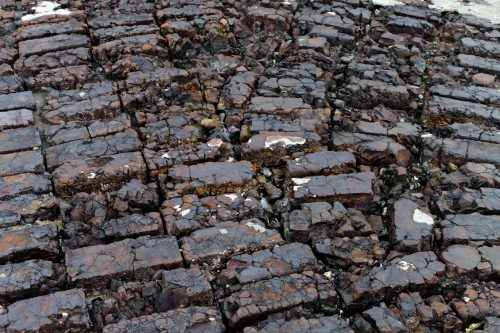
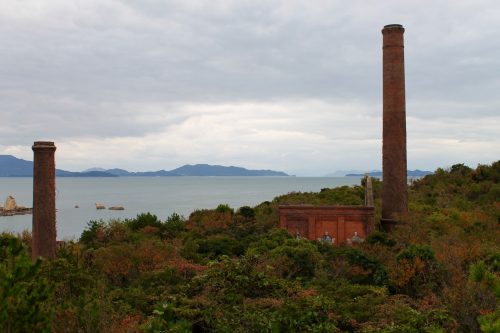
Whether you’re a contemporary art enthusiast or you’re just looking for a unique day trip getaway, Inujima is an excellent choice and easily accessible from Okayama City by bus and ferry. You can learn more about Okayama City’s many attractions with the official Okayama City Travel Guide. In 2019, Inujima will play host to many contemporary art events including the Setouchi Triennale 2019 and Okayama Art Summit 2019.

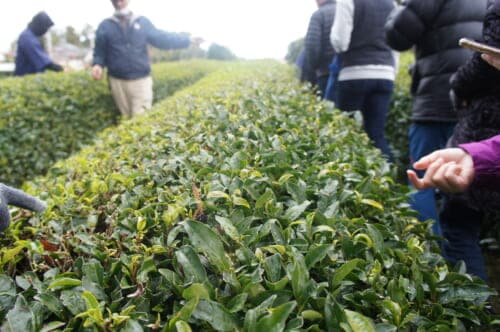
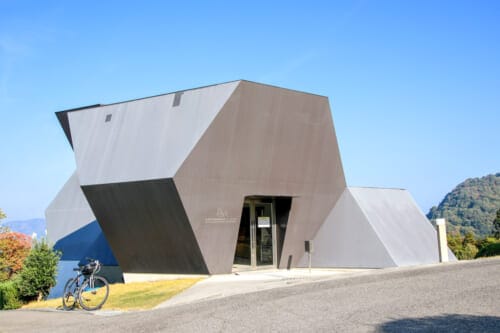

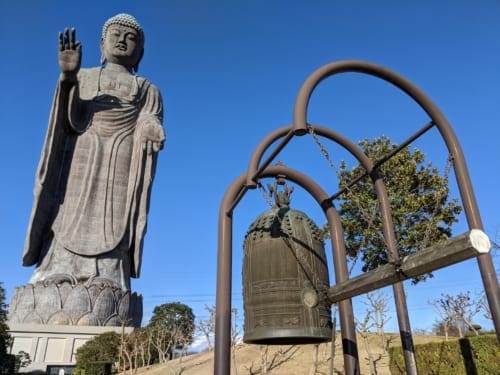
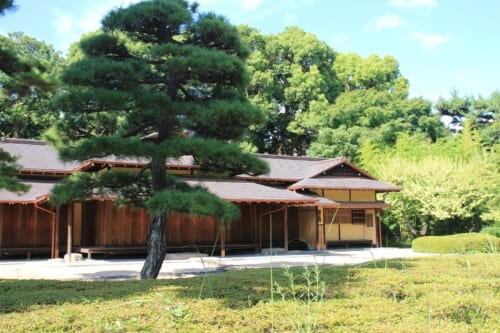
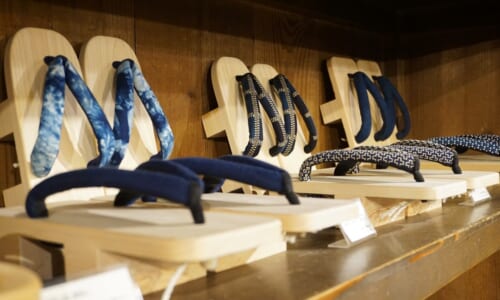


No Comments yet!